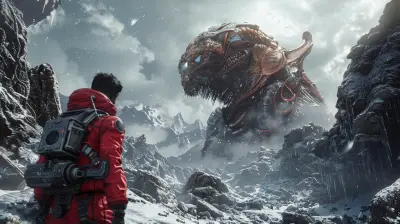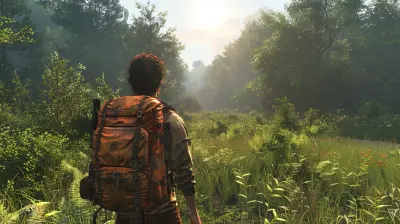Behind the Scenes: How Developers Create Successful Cooperative Games
30 October 2025
Cooperative games have a special place in the hearts of gamers. There's something deeply satisfying about teaming up with your friends to tackle challenges, solve puzzles, or take down a hulking boss. But have you ever stopped to wonder how these games are made? What goes into crafting an experience where collaboration feels just as rewarding as victory? Let’s pull back the curtain and look at how developers create successful cooperative games. Spoiler alert: it’s way more complex than you might think!
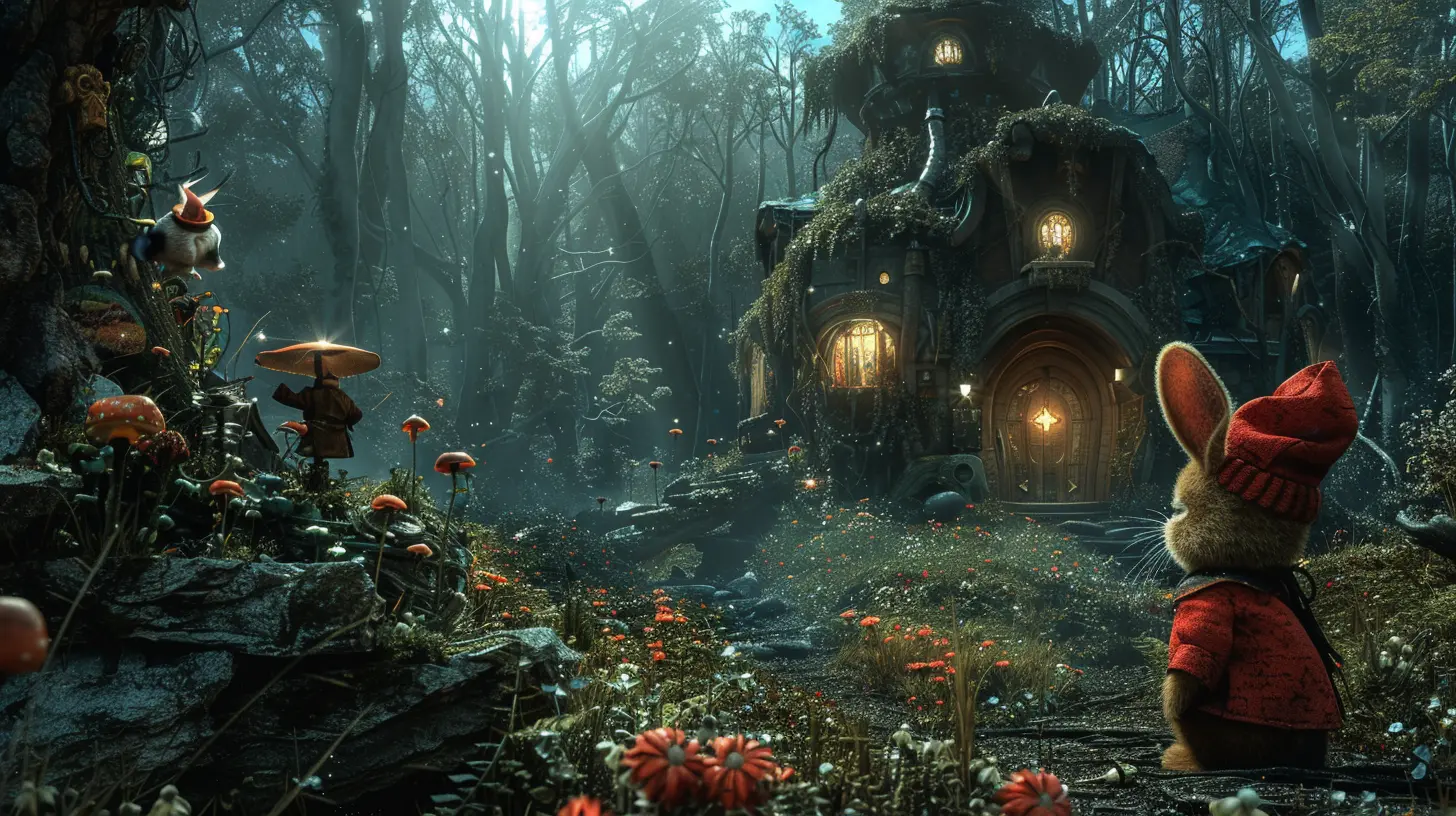
The Cooperative Game Design Mindset
Before a single line of code is written, developers need to embrace a specific mindset—one that revolves around working together. Making a cooperative game isn’t as simple as slapping a second player into a single-player experience. It’s about designing for connection, communication, and sharing triumphs.The key question developers ask themselves is, “How do we make players feel like they truly need each other?” That’s the heart of a great cooperative game. If one player can just carry the team or go solo without a hitch, the magic is gone. Balancing those dynamics is one of the biggest challenges in cooperative game design. 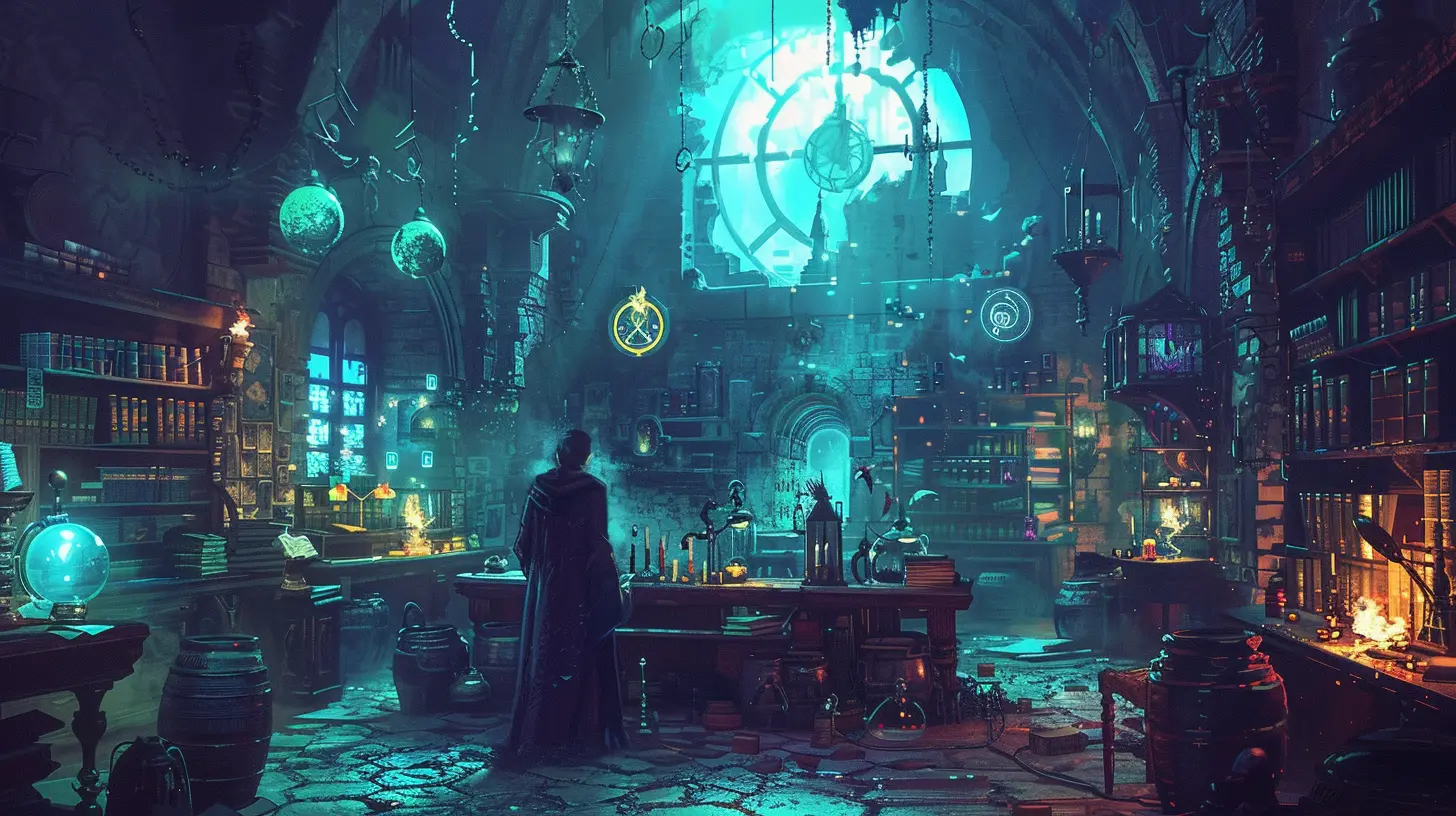
It All Starts with Core Mechanics
You know how chefs say, “Start with quality ingredients, and the dish will be great”? The same goes for cooperative games. Developers first focus on the core mechanics: the rules, systems, and gameplay loops that form the foundation.Take a game like Overcooked, for example. At its core, it’s a cooking simulator. But what makes it tick as a co-op game is how the mechanics force you to communicate and coordinate. Someone needs to chop the veggies while someone else washes the dishes. You literally can’t do it all on your own, and that’s the beauty of it.
Developers spend weeks (sometimes months!) brainstorming mechanics that naturally encourage teamwork. It’s not just about designing challenges but creating situations where success feels impossible without working together. 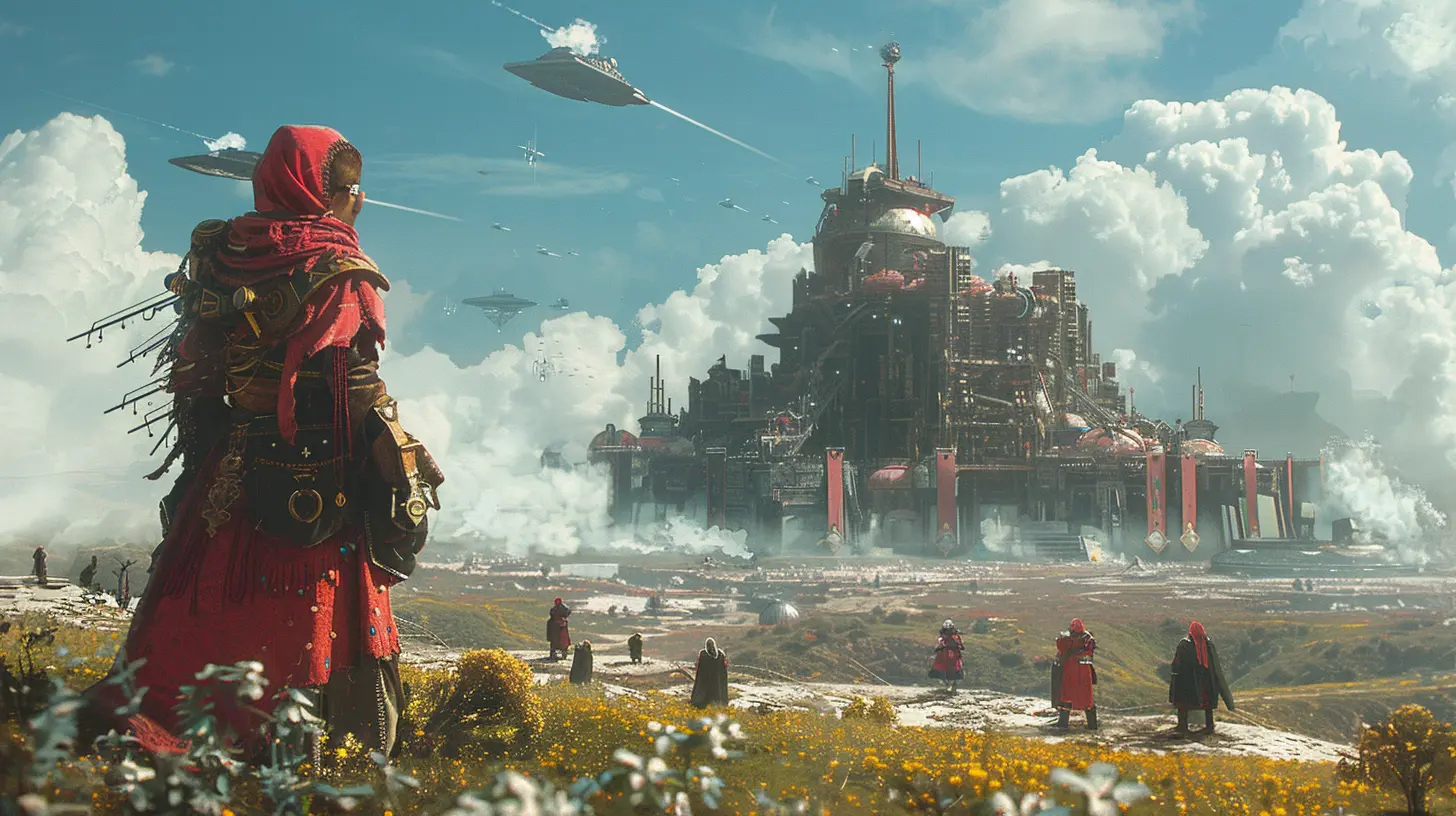
Balancing the Levels of Challenge
Here’s the deal—if a cooperative game feels too easy, players get bored. Too hard? They’ll rage quit faster than you can say “game over.” Striking that perfect balance is an art form.Developers use playtesting sessions to tweak the difficulty curve. These sessions are like science experiments: they bring in groups of players, let them play, and observe how they interact. Are players yelling at each other in frustration or high-fiving after a tough challenge? The developers take notes and adjust accordingly.
Take a game like Left 4 Dead. It uses an AI "Director" that changes the game’s difficulty in real time. If the players are doing too well, it’ll send in more zombies or make resources scarce. If they’re struggling, it dials things back. This adaptability ensures the experience remains challenging but fair. 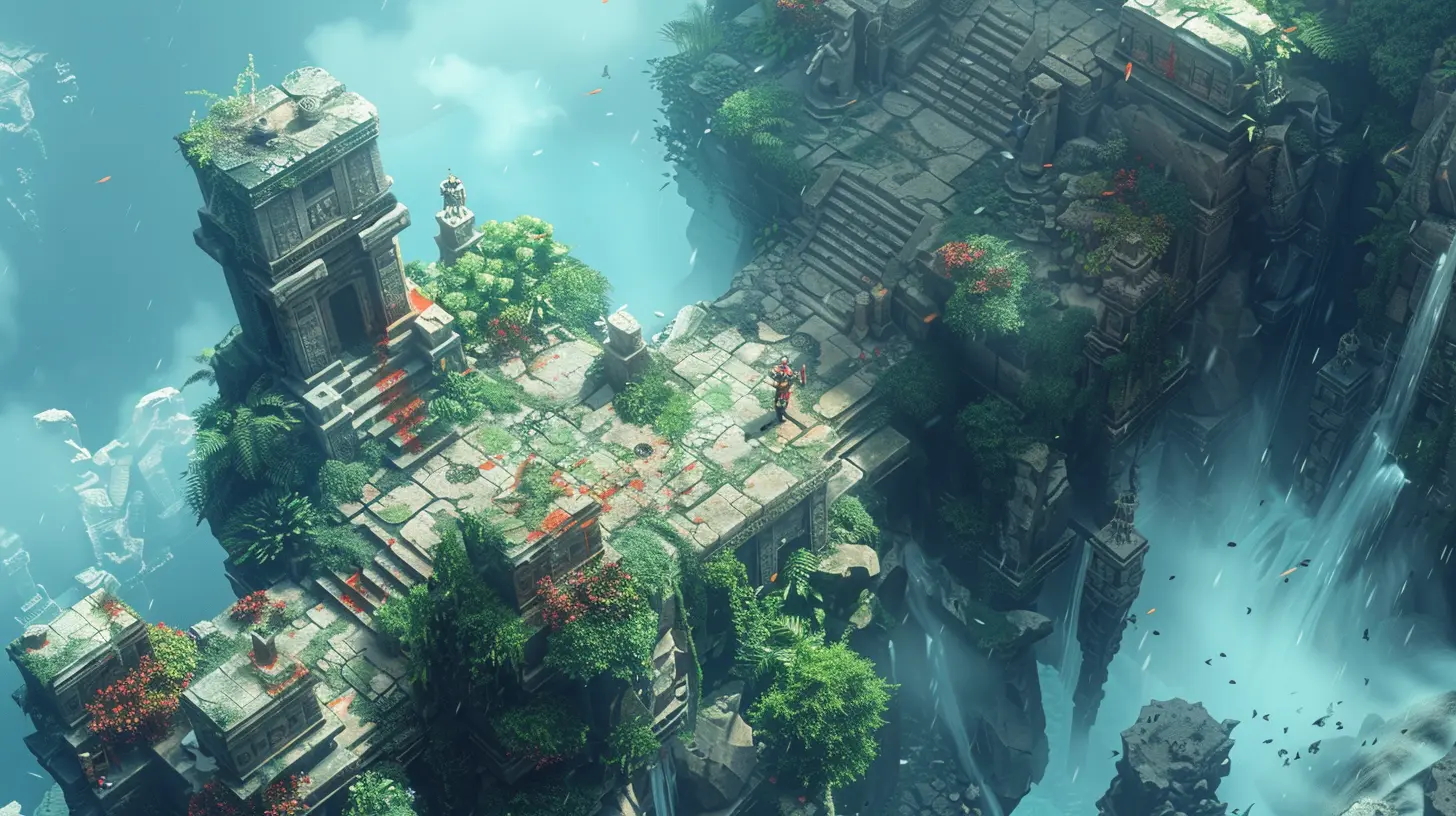
Making Teamwork Central to the Experience
A cooperative game isn’t just about playing alongside each other—it’s about truly working together. Developers go out of their way to ensure every player has a specific role to play.Think of It Takes Two, a game that takes the concept of teamwork to a whole new level. Each character has unique abilities that complement the other. One player might control a hammer, while the other wields nails. Progress depends on both players executing their roles perfectly. Without that synergy, you’re stuck. Period.
This kind of "interdependence" doesn’t happen by accident; it’s meticulously planned. Developers often create prototypes to test how players interact with each other. They ask questions like, “Do players feel equally important?” or “Is one role way more fun than the other?” The goal is to keep every player engaged and invested.
The Role of Storytelling and Immersion
Let’s be real—mechanics alone don’t cut it. A great cooperative game also needs a story or world that pulls you in. It’s like a movie, but instead of watching it, you’re living it with your friends.Games like A Way Out intertwine narrative and gameplay in a way that makes cooperation feel meaningful. You’re not just solving puzzles for the sake of it; you’re two prisoners trying to escape together. The story itself becomes a reason to cooperate—it strengthens the bond between players.
Developers work closely with writers, voice actors, and designers to create immersive worlds where players feel like their actions matter. And let’s not forget the importance of tone. Whether it’s the lighthearted chaos of Lovers in a Dangerous Spacetime or the intense survival stakes of Don’t Starve Together, the game’s atmosphere plays a huge role in shaping how players connect with each other.
Communication Is Key
You’ve probably noticed that the best cooperative games require you to talk to your teammates. Whether you’re shouting directions, sharing strategies, or just screaming because a monster is chasing you, communication is front and center.Developers intentionally design scenarios where silence isn’t an option. For instance, in Keep Talking and Nobody Explodes, one player defuses a bomb while the others provide instructions based on a manual. The catch? Only the "expert" holding the manual can see the instructions, and only the defuser can interact with the bomb. If you’re not talking, you’re losing.
This emphasis on communication isn’t random—it’s carefully engineered. Developers even pay attention to how the game’s UI (user interface) can encourage or discourage conversation. A cluttered screen might make players go quiet as they try to figure things out on their own. A clean, intuitive UI, on the other hand, makes it easier to talk and strategize.
The Importance of Replayability
Here’s a harsh truth: even the best cooperative game won’t succeed if players only want to play it once. Developers know this, which is why they focus on making their games replayable.Randomized levels, dynamic enemy behavior, and unlockable content are just a few ways to keep players coming back. Take a game like Deep Rock Galactic—each mission is procedurally generated, meaning no two playthroughs are the same. Add in character progression and upgrades, and you’ve got a recipe for endless fun.
Developers also consider the “social factor.” Cooperative games are about shared memories. The more fun moments players create together, the more likely they’ll want to relive the experience.
Testing, Feedback, and Iteration
If you thought game development was all fun and games, think again. Testing and feedback are critical parts of the process. Developers don’t just design a game and hope it works; they test it, break it, fix it, and then test it some more.Playtesters are like the unsung heroes of game development. They provide insights into what works, what doesn’t, and what’s downright confusing. For cooperative games, the feedback often focuses on how players interact with each other. Were there moments of frustration or boredom? Did everyone feel like their contributions mattered? If the answer to any of these questions is “no,” it’s back to the drawing board.
Wrapping Up
Creating a successful cooperative game is no walk in the park. It’s a meticulous process that blends art, science, and a whole lot of trial and error. Developers need to craft mechanics that encourage teamwork, balance challenges, and build immersive worlds—all while making sure players keep talking (and laughing).So the next time you’re teaming up with your friends to beat a co-op game, take a moment to appreciate just how much thought went into every detail. Behind every chaotic kitchen in Overcooked or every tense zombie encounter in Left 4 Dead, there’s a dedicated team of developers working tirelessly to make sure you and your friends are having the time of your lives.
all images in this post were generated using AI tools
Category:
Cooperative GamesAuthor:

Tina Fisher
Discussion
rate this article
1 comments
Lira Frye
Cooperative games thrive on synergy and communication. Developers must embrace player feedback and innovate relentlessly. Success isn't accidental; it's crafted through passion, creativity, and an unwavering commitment to community.
October 31, 2025 at 5:59 AM

Tina Fisher
Absolutely! Player feedback and collaboration are essential for crafting engaging cooperative experiences. Passion and innovation are key to building a thriving community. Thank you for highlighting this!
